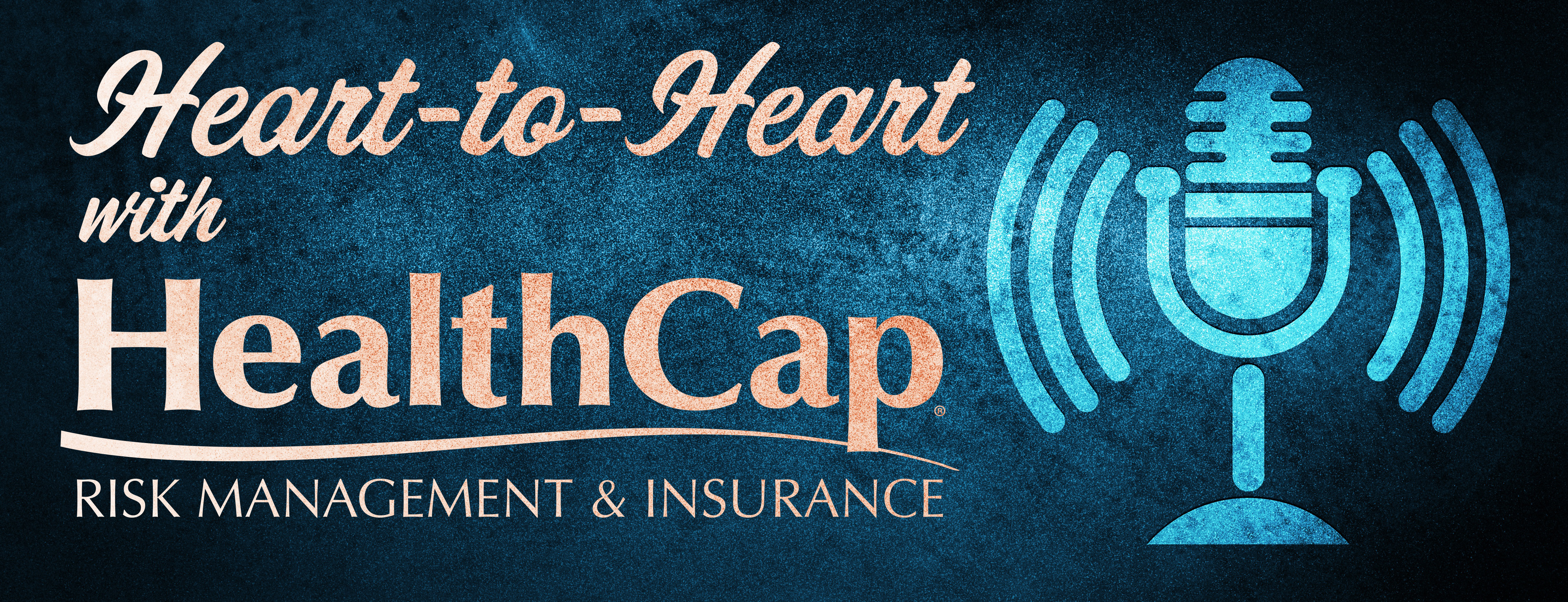symptoms

Angie Szumlinski
|
June 29, 2021
Podcast: Ep. 23 – COVID Long-Haulers

Angie Szumlinski
|
April 12, 2021
Status of COVID-19 Hospitalized Patients

Angie Szumlinski
|
March 30, 2021
COVID-19 and Heart Damage

Angie Szumlinski
|
March 17, 2021
POTS and COVID-19
Subscribe to Angie’s Blog and get interesting stuff and updates to your email inbox.
